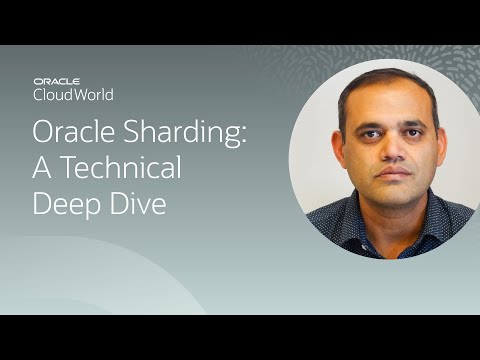Description:
Dive into a technical conference talk on Oracle Sharding for hyperscale and geographically distributed relational databases. Explore use cases, customer case studies, implementation tips, and upcoming features. Learn how to build applications handling petabytes of data with millisecond response times, extreme availability, and data sovereignty using a shared-nothing architecture for both on-premises and cloud environments. Discover the benefits of Oracle Sharding, including its components, data partitioning, replication options, multi-region configurations, and Golden Gate integration. Gain insights into data rebalancing, Kubernetes Operator, Enterprise Manager Cloud Control, major version upgrades, backup and recovery strategies, and migration techniques. Understand the concept of Autonomous Global Database and access additional resources to enhance your knowledge of Oracle's sharding capabilities for relational databases.

Sharding for Hyperscale and Geographically Distributed Relational Databases
Add to list
#Conference Talks
#Oracle CloudWorld
#Computer Science
#DevOps
#Kubernetes
#Database Management
#Sharding
#Database Migration